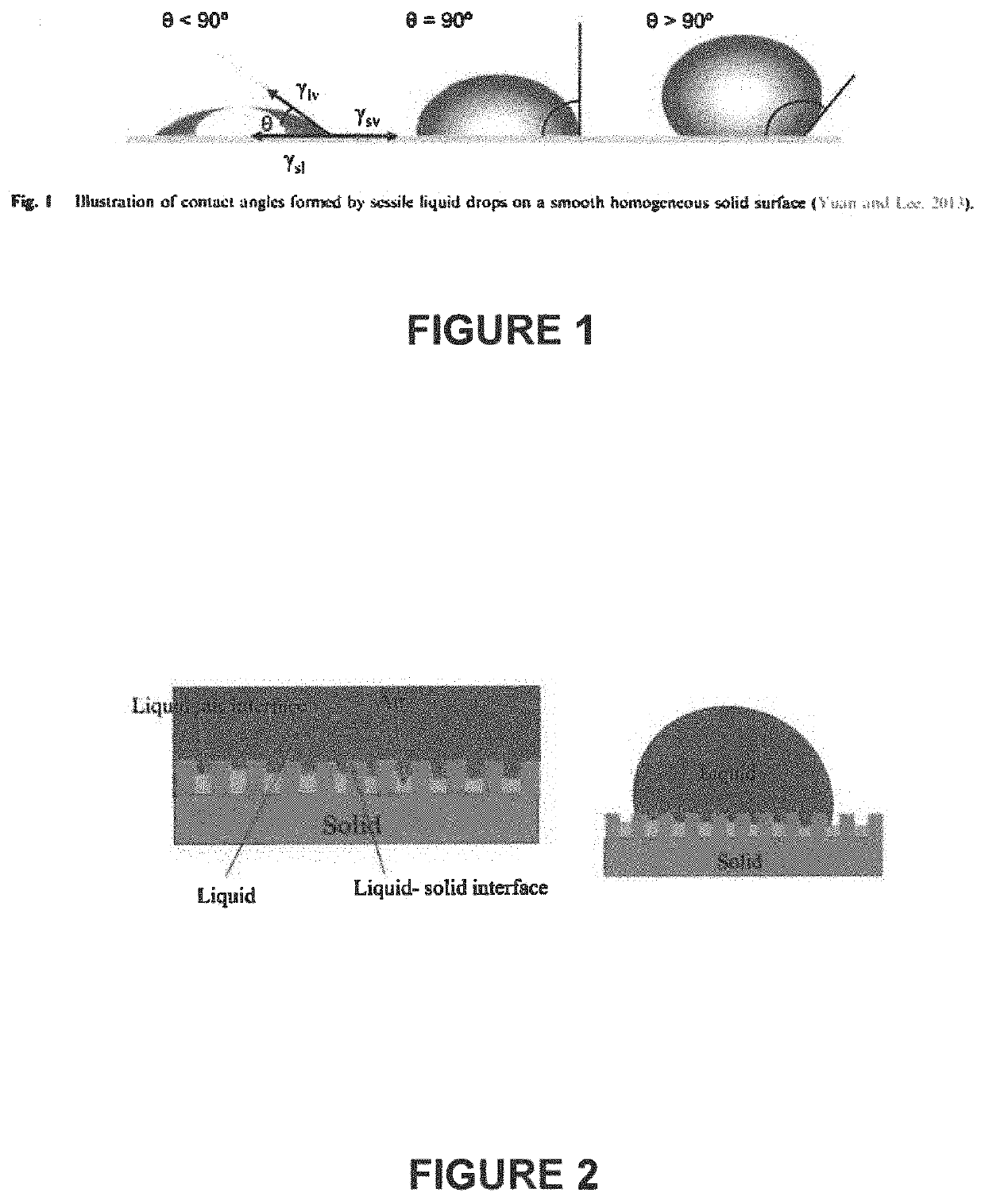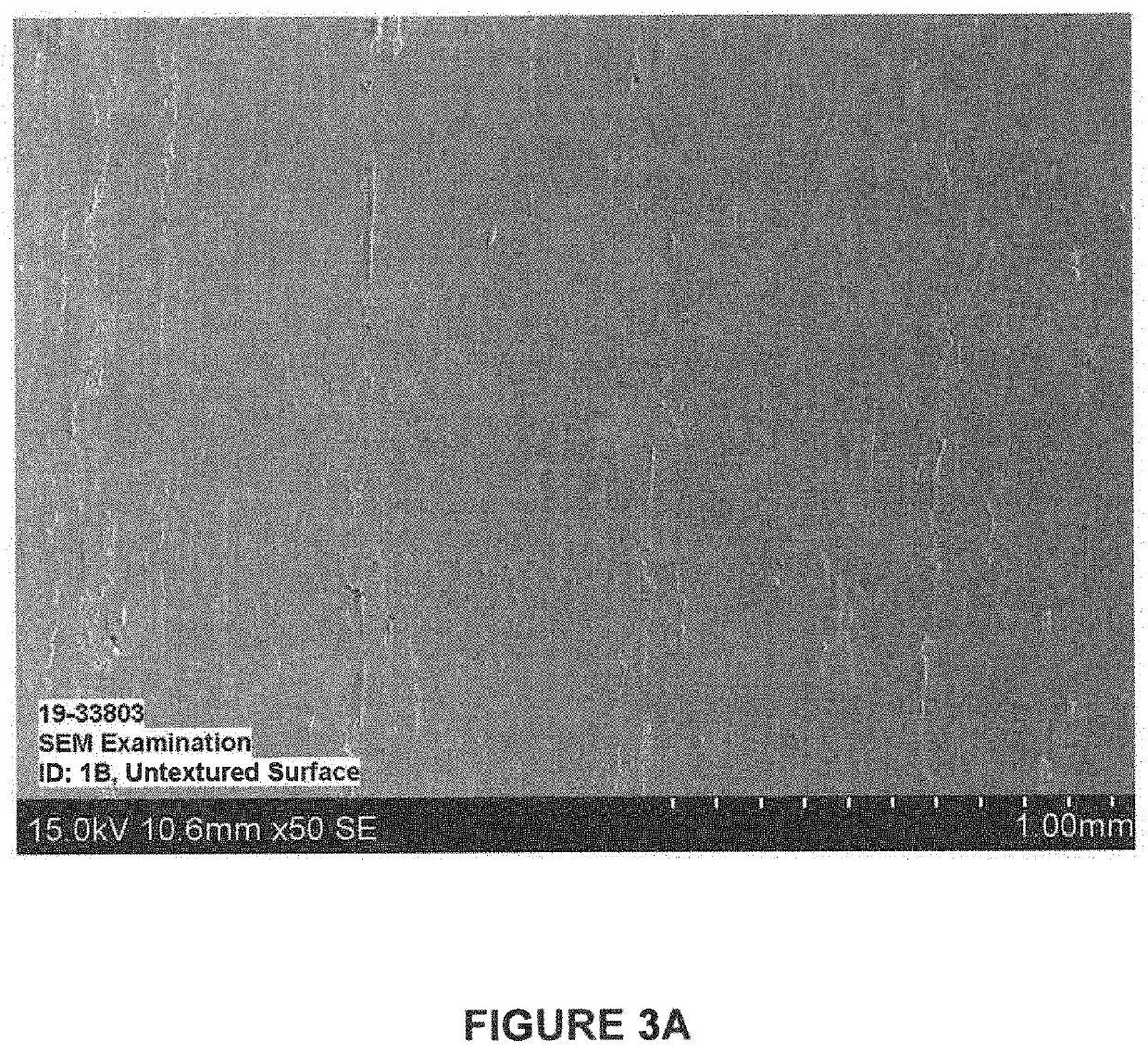Tubing with hydrophobic surface
a technology of tubing and hydrophobic surface, which is applied in the direction of tubular elements, coatings, lighting and heating apparatuses, etc., can solve the problems of reducing the effective heat transfer coefficient, and reducing the heat transfer efficiency, so as to improve the overall heat transfer and improve the efficiency of the turbine. , the effect of reducing the heat transfer coefficien
- Summary
- Abstract
- Description
- Claims
- Application Information
AI Technical Summary
Benefits of technology
Problems solved by technology
Method used
Image
Examples
Embodiment Construction
[0034]While the present invention is susceptible of embodiment in various forms, they are shown in the drawings and will hereinafter be described presently preferred embodiments, with the understanding that the present disclosure is to be considered as an exemplification of the invention, it is not intended to limit the invention to the specific embodiments illustrated.
[0035]The present invention contemplates a method of enhancing heat exchanger thermal performance by providing heat exchanger tubing with a textured, hydrophobic exterior surface. In distinction from previous techniques, including non-durable coatings, and relatively expensive metal deposition and the like, the present invention contemplates an economical method for formation of the desired hydrophobic surface, which will exhibit the necessary durability, while facilitating formation in a cost-effective manner. Notably, features of the present invention promote preservation of the textured, hydrophobic surface attenda...
PUM
| Property | Measurement | Unit |
|---|---|---|
| contact angle | aaaaa | aaaaa |
| contact angle | aaaaa | aaaaa |
| distance | aaaaa | aaaaa |
Abstract
Description
Claims
Application Information
 Login to View More
Login to View More - R&D
- Intellectual Property
- Life Sciences
- Materials
- Tech Scout
- Unparalleled Data Quality
- Higher Quality Content
- 60% Fewer Hallucinations
Browse by: Latest US Patents, China's latest patents, Technical Efficacy Thesaurus, Application Domain, Technology Topic, Popular Technical Reports.
© 2025 PatSnap. All rights reserved.Legal|Privacy policy|Modern Slavery Act Transparency Statement|Sitemap|About US| Contact US: help@patsnap.com



